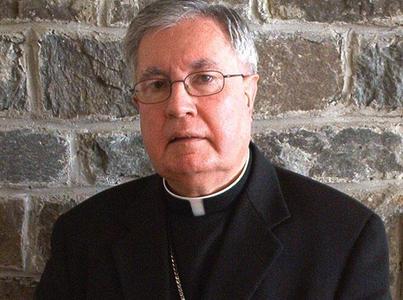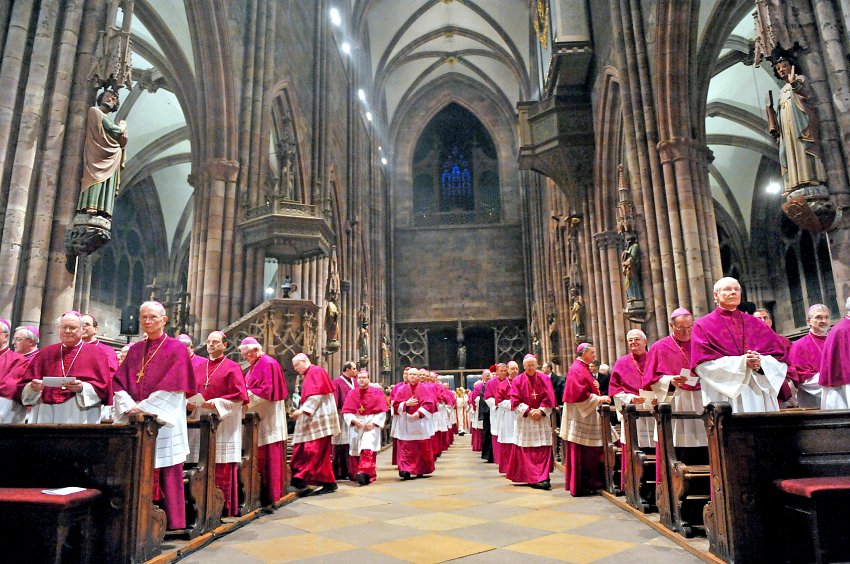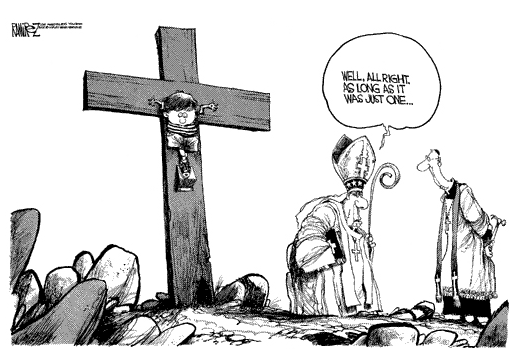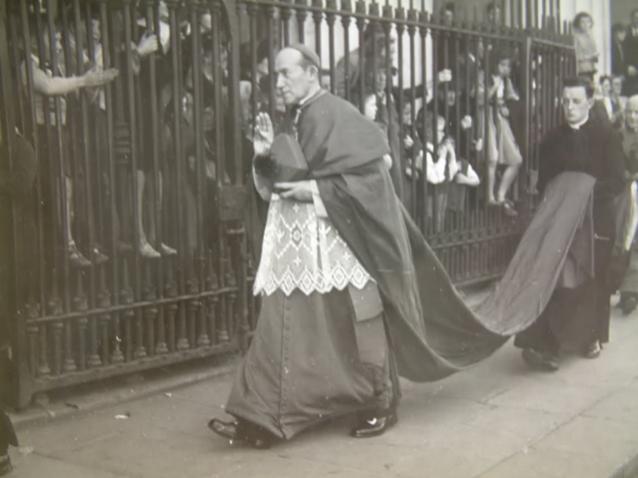A Canadian Roman Catholic bishop charged with importing child pornography apologized in court Tuesday to the church and to victims of child pornography.
 Speaking for the first time since he was charged in 2009 with possessing and importing child pornography, Bishop Raymond Lahey told the court that his addiction to Internet porn went against his moral principles.
Speaking for the first time since he was charged in 2009 with possessing and importing child pornography, Bishop Raymond Lahey told the court that his addiction to Internet porn went against his moral principles.
“I am truly sorry for what I have done,” said a frail and gaunt Lahey on the second day of his sentencing hearing. “I know that I’ve done wrong.”
In a rare case of a high-ranking Canadian Catholic Church official charged with sexual misconduct, Lahey was arrested in 2009 after border agents examined his laptop computer at an Ontario airport on his return home from London.
Police found close to 600 photos on Lahey’s laptop and hand-held device depicting mostly young teen boys.
The court has heard that Lahey’s collection included photos of young boys wearing crucifixes and rosary beads, as well as images of bondage and torture.
“They are graphic (images) in the extreme,” said prosecution lawyer David Elhadad.
Lahey sat with his arms crossed as the judge and the lawyers looked at photos from his collection.
Later, he offered some insight into his actions.
“Deep down, I desired to be found out,” Lahey told the court. “Being discovered coming through customs was a blessing in disguise.”
He pleaded guilty to the charges in May and voluntarily went to jail to begin serving time before his formal sentencing.
The former Nova Scotia bishop will be sentenced Jan. 4 on one count of importing child pornography, with a second charge of simple possession expected to be dropped as part of a plea deal.
After he pleaded guilty, the Vatican said the church would impose its own disciplinary measures against him but did not elaborate.
Prelates who sexually abuse minors can be defrocked; lesser punishments include being forbidden from celebrating Mass publicly.
Lahey resigned as head of the Catholic diocese of Antigonish in Nova Scotia just before the charges became public.
The case was especially shocking to Canadians because Lahey had overseen a multimillion dollar settlement for clerical sexual abuse victims in his diocese before he was charged.
Last year, in the midst of the clerical abuse scandal, the Vatican made acquiring, possessing or distributing child pornography one of the most serious canonical crimes that are handled by the powerful Congregation for the Doctrine of the Faith.
Complete Article HERE!




